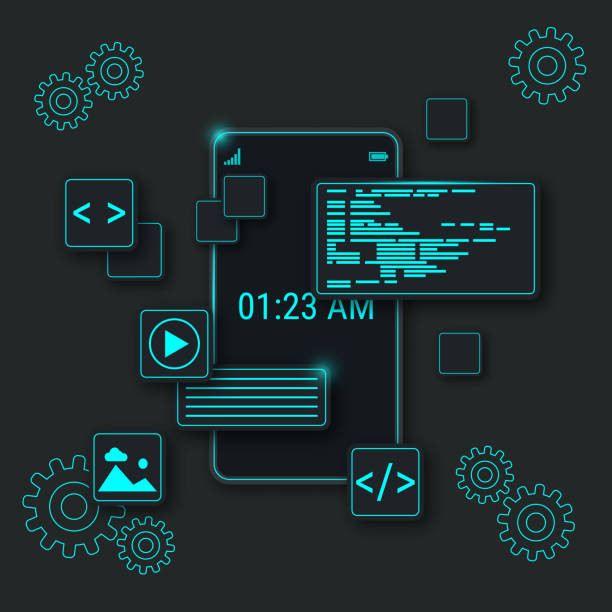APIs (Application Programming Interfaces) have become the backbone of modern apps and services in the ever-changing environment of digital transformation. These invisible interfaces allow data and functionality to flow seamlessly across different software components. APIs are critical because they enable organizations to innovate, expand, and remain competitive in a fast-paced environment. In this article, we will dig into the area of real-time API monitoring, throwing light on the obstacles that developers and users experience.

The Problem: The Requirement For Real-Time API Monitoring
Assume you own an e-commerce website and your payment gateway API suffers a surge in traffic as a result of a flash sale. If this API fails or experiences performance difficulties, it might result in lost income, disgruntled customers, and a ruined brand. Such circumstances are not uncommon, and guaranteeing the stability and performance of APIs has become a top priority for enterprises of all kinds.
The challenge for developers and IT teams is to proactively discover and resolve issues in real-time, assuring the continuous availability and optimal performance of APIs. Monitoring and maintaining the health of APIs may be difficult, particularly when working with a large ecosystem of interconnected services.
Uptimeapi – Your Real-Time API Monitoring Assistant
The Uptimeapi steps in to help, providing a comprehensive solution for real-time API monitoring. Uptimeapi gives developers and consumers the opportunity to monitor APIs 24 hours a day, seven days a week, guaranteeing that their key services are always available.
Understanding Uptimeapi‘s Features And Benefits
Now that we’ve introduced the solution, let’s look at the features and benefits of Uptimeapi while being objective.
- Tracking Reliability and Performance: Uptimeapi continually monitors the availability and performance of your APIs. It provides real-time data, allowing you to quickly detect and resolve issues, decreasing downtime and keeping your customers delighted.
- Customizable Alerts: You may set up alerts for certain scenarios, such as response time surpassing a specified threshold or API unavailability, using Uptimeapi. This guarantees that you are alerted as soon as something goes wrong.
- Uptimeapi offers historical data, which allows you to track performance trends over time. This data is useful for making well-informed judgments on API optimization and resource allocation.
- Monitoring from Multiple Stations: Uptimeapi provides a worldwide network of monitoring stations, allowing you to examine the performance of your APIs from multiple geographical regions. This capability is critical for worldwide companies.
- Uptimeapi prioritizes the security of your API data, following industry-standard security measures to protect your sensitive information.
How To Begin Using Uptimeapi

Follow these easy steps to start using Uptimeapi for real-time API monitoring:
- Sign Up: Go to the Uptimeapi website and create an account.
- Create API Monitors: Add the APIs to be monitored and customize the monitoring settings.
- Set Up Alerts: Define the conditions for alerts and the notification channels via which they will be received.
- Examine Real-Time Data: After you’ve configured your monitors, you can examine real-time data on the Uptimeapi dashboard.
- Analyze Historical Data: Make data-driven judgments on API changes and optimizations by analyzing historical data.
Related Post: Optimize Performance With Real Time API Monitoring

